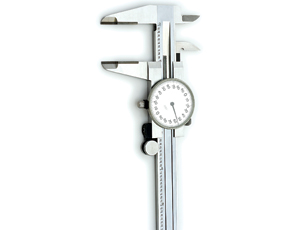Safety is everybody’s business in the construction world because the consequences of failure can be catastrophic, as demonstrated by the major crane accidents that kill dozens of people every year. In this light, it is critically important to study near-misses—accidents that never happen because trained and concerned persons are on the scene, a serious safety program is in place or just, plain dumb luck saved the day.

The recent case involving a cracked casting in a tower-crane mast at the Blue-Cross building extension in Chicago is a good example of how a near-miss should be handled. The operator heard a loud “pop” and shut down the crane to investigate. After finding a crack in the crane, work was halted in a decision that ultimately involved the general contractor, crane owner, project owner and manufacturer. The crack also set off an intensive investigation and the inspection of many cranes to see if the problem was generic. The picture might have been completely different if the operator had chosen to continue work.
Safety experts say the relationship between the number of accidents and incidents is shaped like a pyramid, with major accidents at the top, minor accidents in the widening middle and incidents, observations and near-misses at the broad bottom. The incidents at the bottom, like the crane crack that caused no injuries or damage, are a good opportunity to study the safety program of a company or project to see if it has all the elements and processes needed to prevent a major accident.
All near-misses have the potential for much more serious consequences, and, as a result, companies should have an effective program of managing near-misses. Construction is a diverse industry, so programs will vary with the kind of work performed, but risk experts suggest there are eight elements in an effective near-miss process: 1) identifying an incident as a near-miss; 2) having a reporting and disclosure structure; 3) prioritizing incidents according to potential severity; 4) distributing the information to those people analyzing the causes; 5) identifying the direct and root causes of the near-miss; 6) finding solutions for each identified cause; 7) disseminating the solutions to those who will execute them; and 8) tracking solutions to make sure they are executed.
Few firms are happy to air details about the kinds and causes of near-misses on their projects, but there is a greater public good in doing so. Just as companies learn from the best practices of others, there is an even greater learning experience in hearing about and understanding the causes of events that could have been catastrophic. Measuring and analyzing such events can pay great dividends and are the main building block of a zero-accident safety culture.

Post a comment to this article
Report Abusive Comment